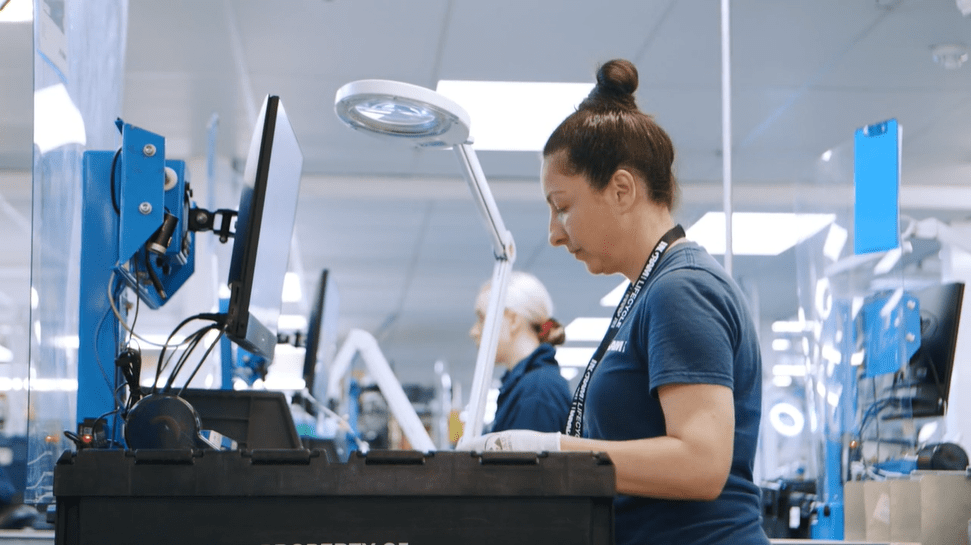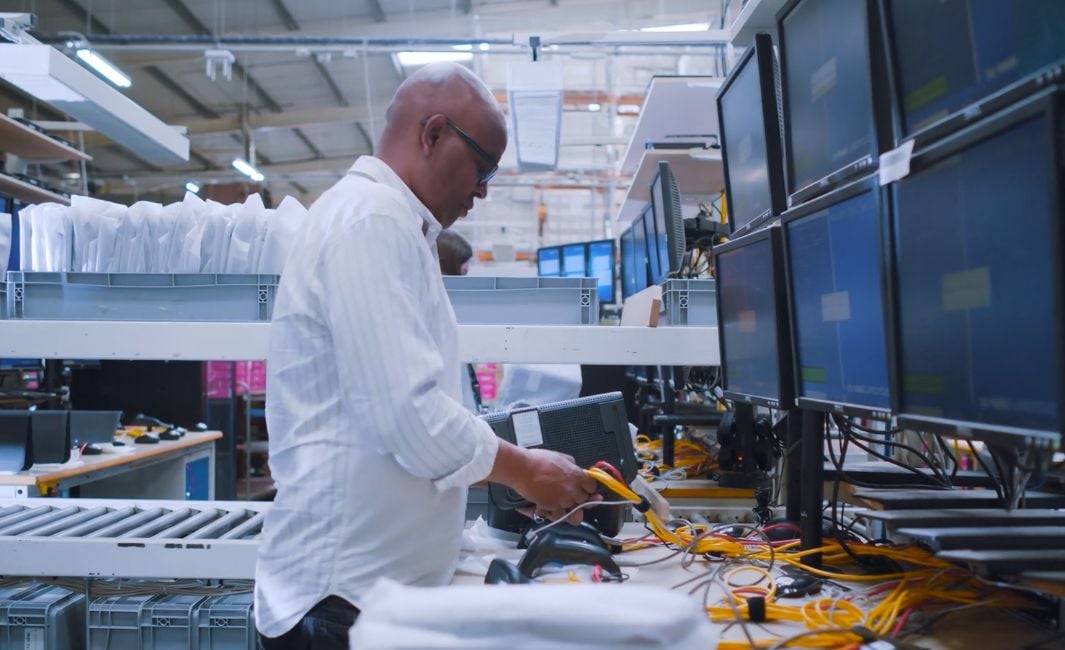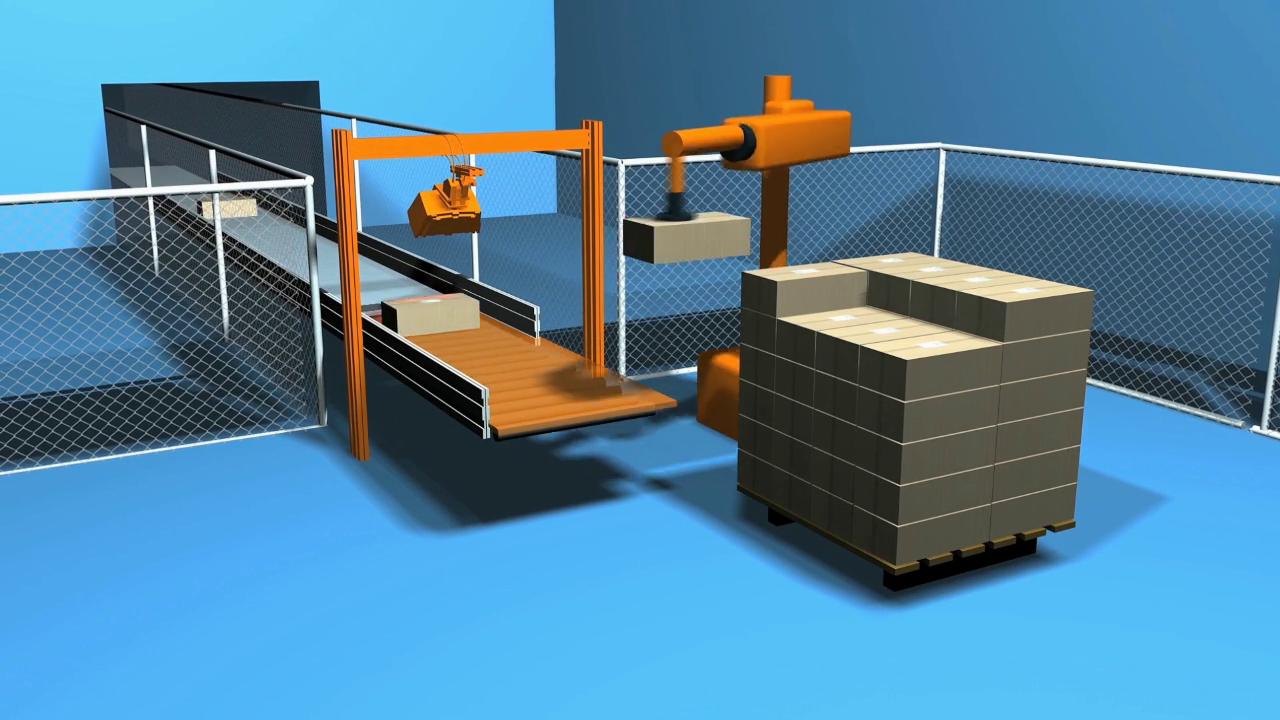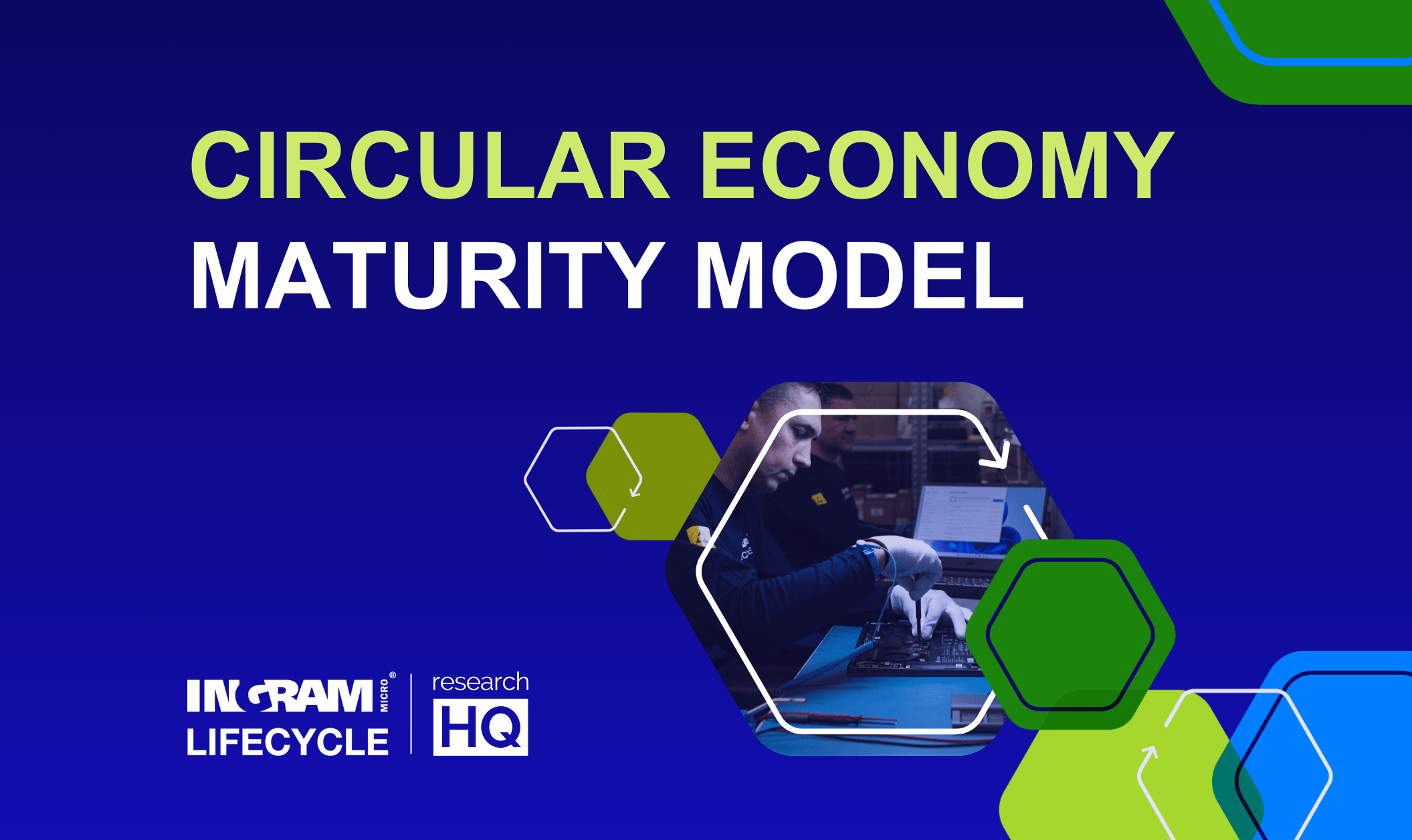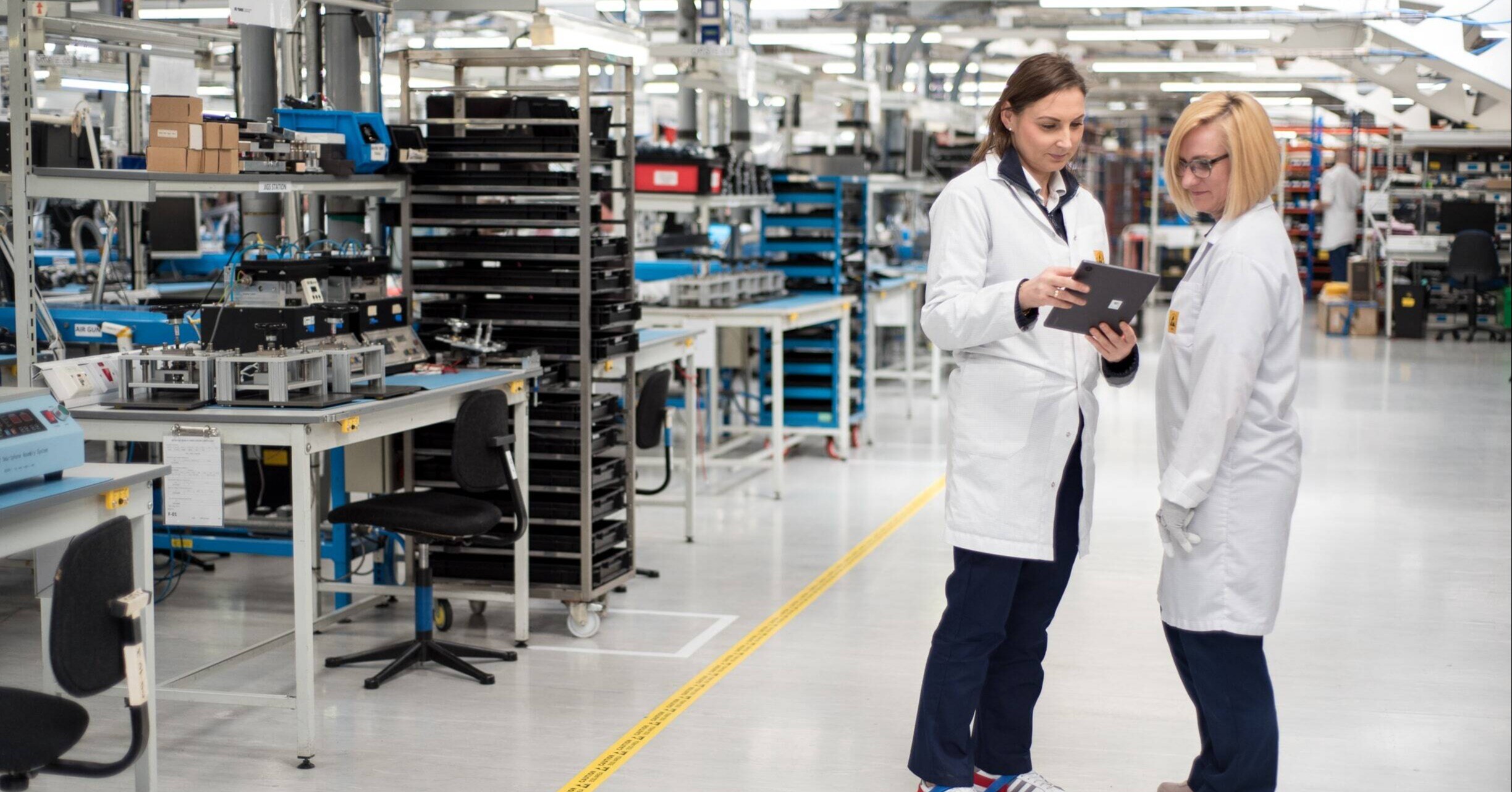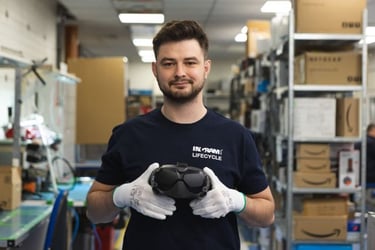Are you looking for ways to improve your customer’s Net Promoter Scores?
Not noting where these improvements could be made can lead to losing customers and a lack of peer referrals, especially if your NPS continues to suffer. Being proactive about corrective action can quickly increase your NPS.
For manufacturers or retailers, complaints about Small Domestic Appliance performance or repairs affect your overall NPS. How you process these returns will influence the NPS.
Ingram Micro Lifecycle has experience working with customers around the globe on returns management programs, working to boost NPS. We have developed efficient repair and refurbishment programs with a quick turnaround time that doesn’t compromise quality.
This article explains how returns management can impact NPS and where the opportunities are to improve returns processing to boost NPS.
What is NPS?
A Net Promoter Score is a metric used to assess loyalty to your brand. Developed by Fred Reichheld in 2003, NPS is influenced by your customer experience.
The score is obtained by asking your customers the question “On a scale of 0 to 10, how likely is it that you would recommend our [company/product/service] to a friend or colleague?”
Customers that score 9-10 are deemed Promoters, whereas Passives score between 7-8 and Detractors score between 0-6.
In the technology industry, an NPS above 50 is considered excellent.
4 returns management impacts on NPS
Below are four main ways returns management will influence your customer’s experience. A negative experience with any of the below steps will be detrimental to your NPS. Conversely, impressing your customer on any of these points will work to boost the NPS and recover their favor.
Customers are likely already dissatisfied or anxious to obtain a resolution if they’ve received a faulty product, it doesn’t perform as expected, or they’ve changed their mind. The transaction they then experience with you must work to restore or boost their faith in your brand.
1. Effort
If the customer is seeking a product exchange, the logistics of getting this arranged should be easy. This must require as little effort and additional cost on their part as possible.
2. Speed
The customer will focus on obtaining the best outcome for them – exchange, same unit repair, or a refund. Regardless of which outcome is most desirable, it needs to be resolved as quickly as possible. Minimize their downtime without the product.
3. Eco factor
Eco-conscious customers will also be looking for environmentally friendly transactions. Self-diagnosis or self-repair of faults will be quickest and have the lowest environmental impact. This is because it requires no logistics, packaging, or manufacturing of replacement parts. If you need to send replacement parts, consider your packaging. Eradicate unnecessary plastics.
4. Communication
Keeping your customers updated with timely information and status changes is important so they don’t feel forgotten. Leaving them in the dark or overwhelming them with unnecessary updates will give them a negative experience.
The main pitfall to avoid with NPS and product returns
There is one single pitfall that you must avoid with your product returns that can have multiple negative impacts on your NPS.
Prioritizing speed while neglecting quality.
Your customer wants a resolution as quickly as possible. This could be via one of three routes:
- Refund
- Exchange
- Same unit repair
However, rushing the steps to get to one of these outcomes can worsen NPS. Being too quick with processing can lead to errors and mistakes.
For refunds, this could cause the wrong decision to be made. A customer request could be incorrectly rejected or accepted. While approving a refund will satisfy the customer, giving it incorrectly will hit your profits. Declining to provide a refund in error will upset the customer if they believe one was due.
You must take the time to accurately assess the product, ensuring it meets the conditions under which a refund would be due. Has it been returned with the correct parts and accessories?
Does the product meet the warranty conditions for a repair or exchange? Processing too quickly can lead to errors in this decision-making and negatively impact the customer.
If completing a same unit repair, a high yield doesn’t always correlate to high NPS. The volume of repairs you complete is not the key success factor. Repairs and refurbishment must still meet the high standards and quality expected of the product. Failing to do so can lead to the same product failing for the customer, increasing complaints, and worsening NPS.
Conducting strict processes for product testing and quality procedures will mitigate this risk. Train technicians to the correct standards, gain access to appropriate repair manuals and genuine parts through OEM accreditations and deploy hygienic cleaning tactics.
Ready to boost your NPS?
You need an experienced returns management partner who can provide a quick turnaround time for repairs that still meet the same high quality and standards your customers deserve to drive high NPS.
Ingram Micro Lifecycle has years of experience and insight, utilizing this to develop processes that deliver high yields of same-unit repair without delaying customer returns. We cover a range of technology industries, including Small Domestic Appliances, and work with global customers to improve product returns management.
Contact us today to see how we can use efficient returns management to boost your customer NPS.



